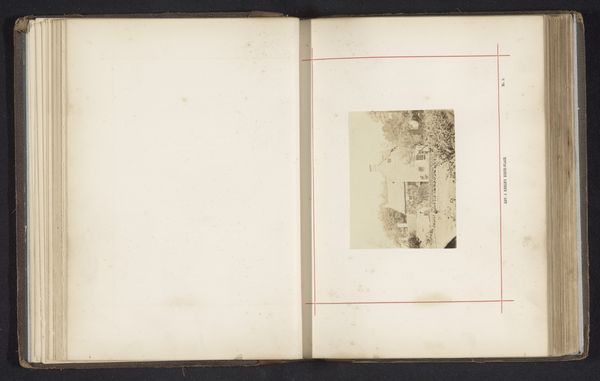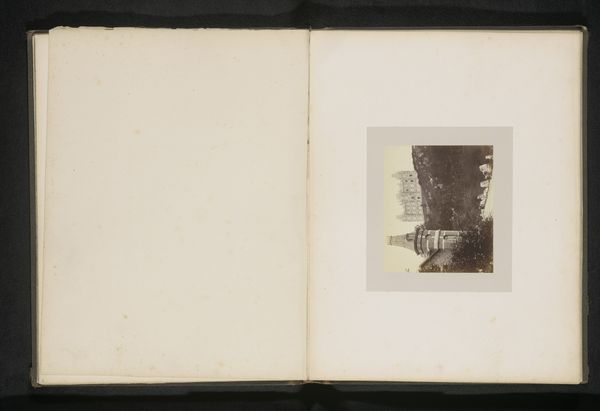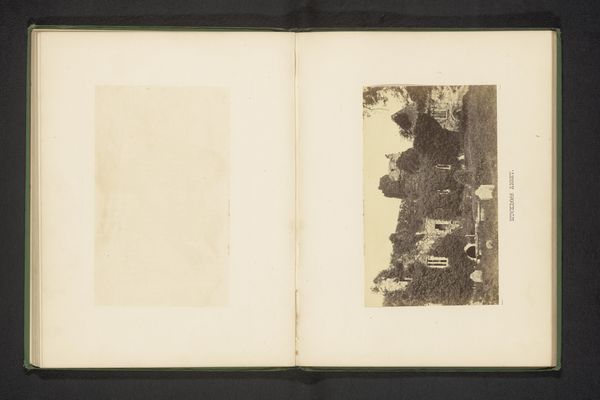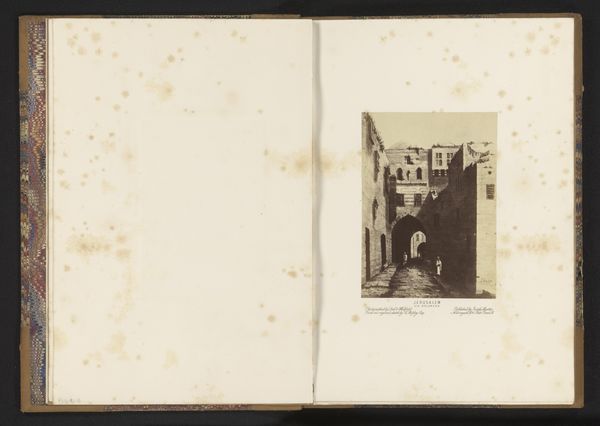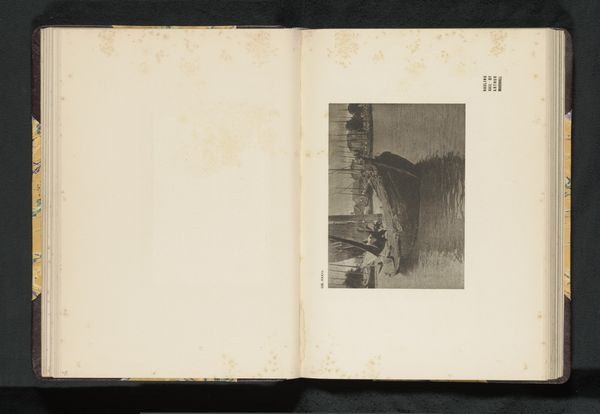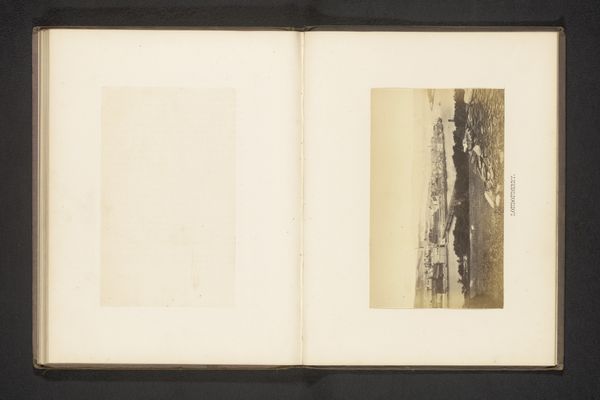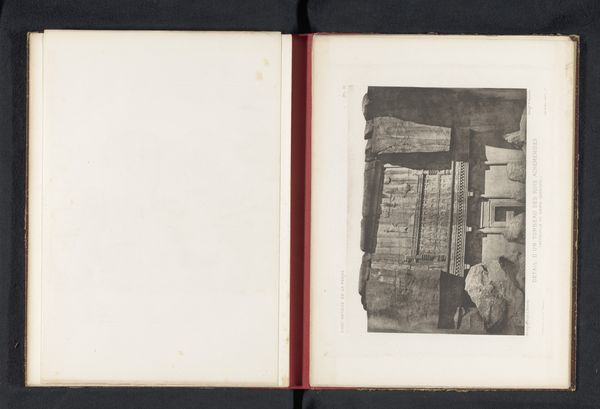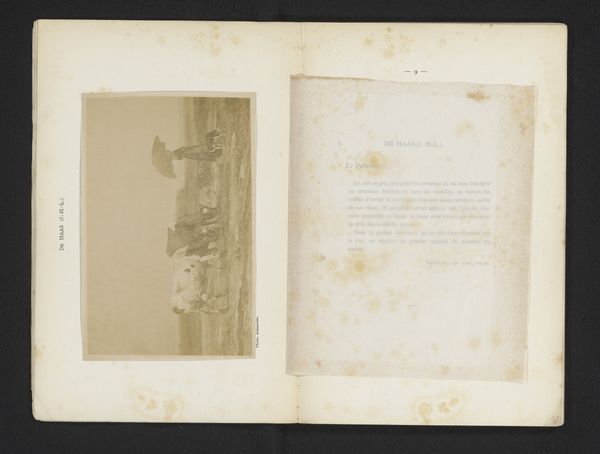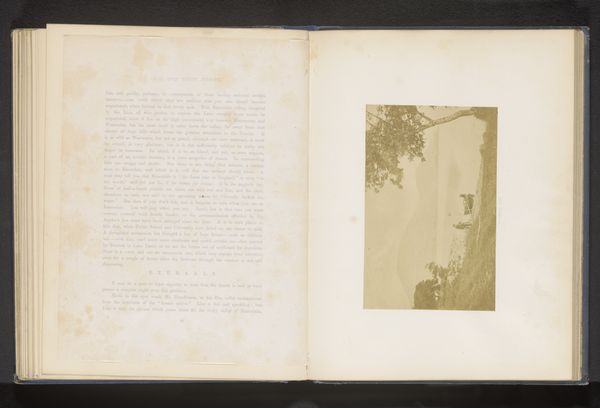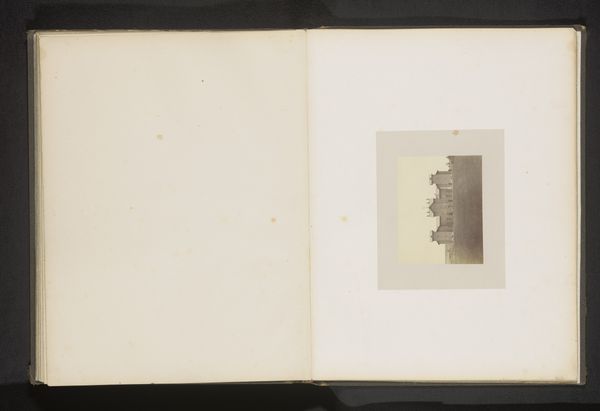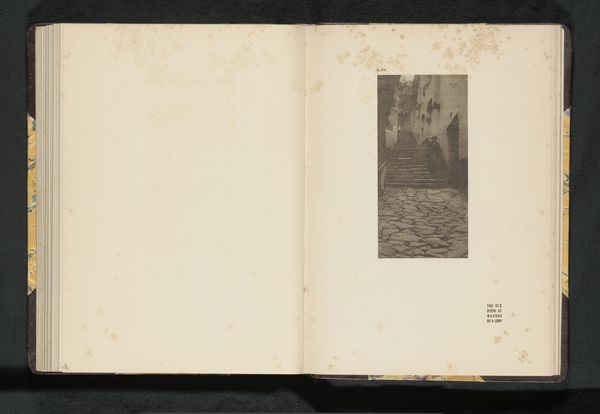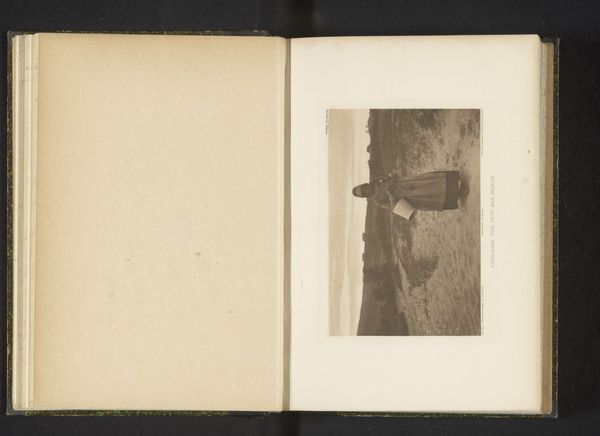
Drie onbekende vrouwen die op het land werken, vermoedelijk arenleessters before 1895
0:00
0:00
drawing, print, paper, engraving
#
drawing
# print
#
paper
#
coloured pencil
#
genre-painting
#
engraving
#
realism
Dimensions: height 121 mm, width 171 mm
Copyright: Rijks Museum: Open Domain
Editor: We're looking at "Drie onbekende vrouwen die op het land werken, vermoedelijk arenleessters," which roughly translates to "Three unknown women working on the land, presumably gleaners." It's attributed to Mr. Ch. Comessy and was created before 1895, using drawing and print media on paper. The scene has a melancholy, quiet feeling, wouldn't you say? What's your take? Curator: Quietude is a kind way of putting it, perhaps even a resigned acknowledgement of back-breaking toil. It strikes me how the bowed heads of these women become part of the landscape itself. Did Comessy mean to humanize or objectify them? Hard to say, isn’t it? Do you see the almost geometric composition—the sharp diagonals of the field meeting the horizontal horizon line? Makes you wonder about his artistic intention. Editor: That's a really interesting observation about the geometric composition, I hadn't noticed that. I was just struck by the realism of the image and the very ordinary subject matter, women working in a field. Was that unusual for art at the time? Curator: Good eye! Precisely. While pastoral scenes were common, depictions of peasant labor that weren't overly romanticized were becoming more prevalent as Realism gained traction. Consider Courbet's "Stone Breakers," though far more monumental. This work is interesting because it resides between these worlds—genre painting but also documentary. It's an engraving, and its destiny was to be consumed within a publication. Editor: So, it's both art and, in a way, journalism? That tension makes it a lot more compelling, actually. Curator: Exactly. It's an artifact that captures a particular moment, filtered through the lens of artistic and social currents. A mirror to their world. I wonder what *our* images say about us. Editor: Food for thought. I hadn’t considered the documentary aspect so clearly before, and now I see a completely new dimension of the artwork.
Comments
No comments
Be the first to comment and join the conversation on the ultimate creative platform.
